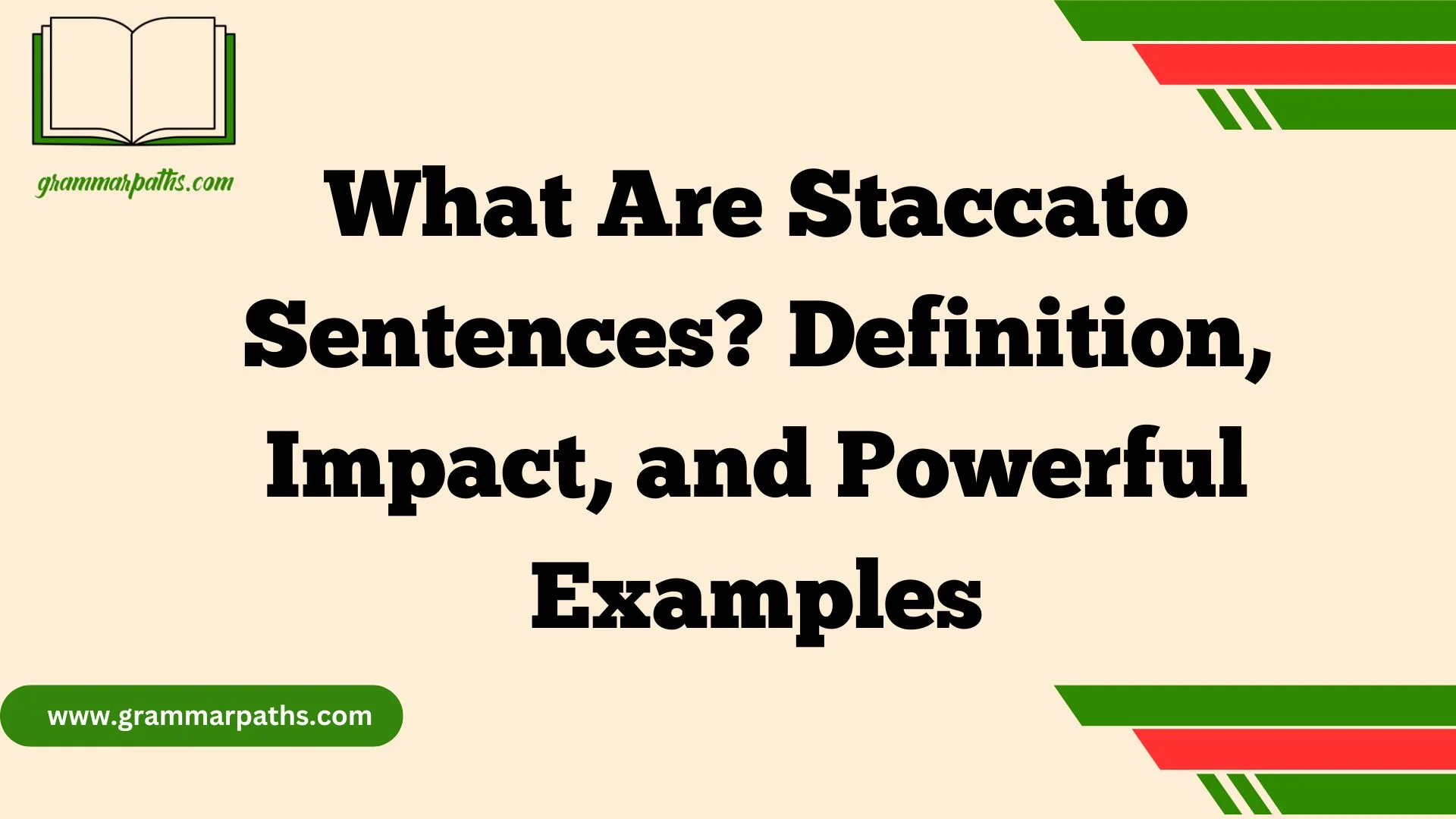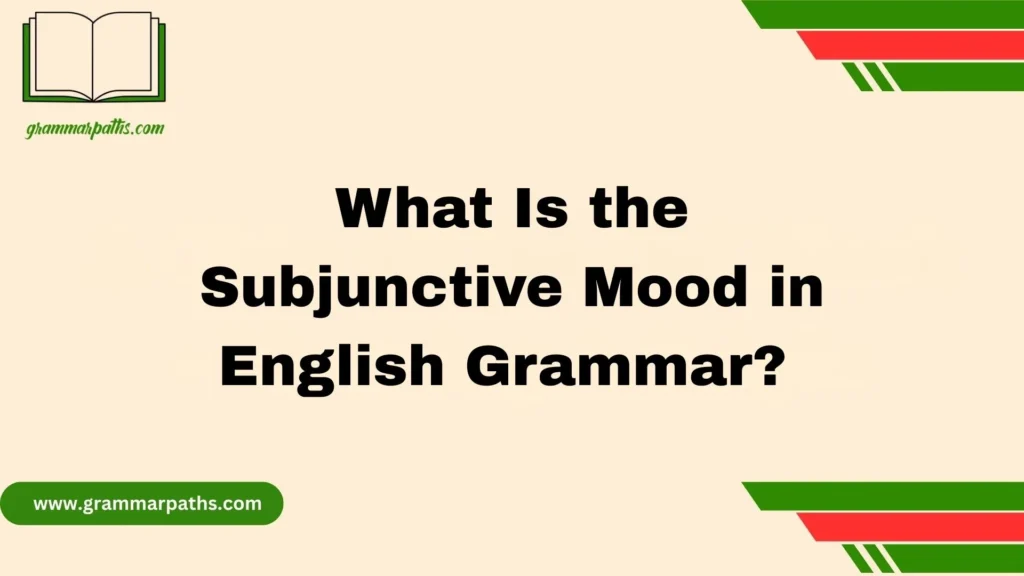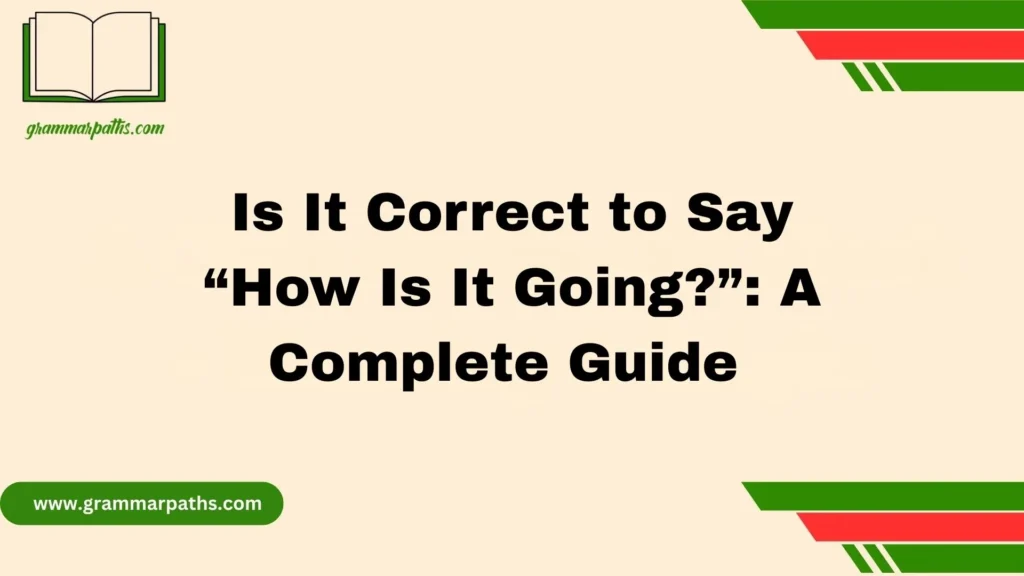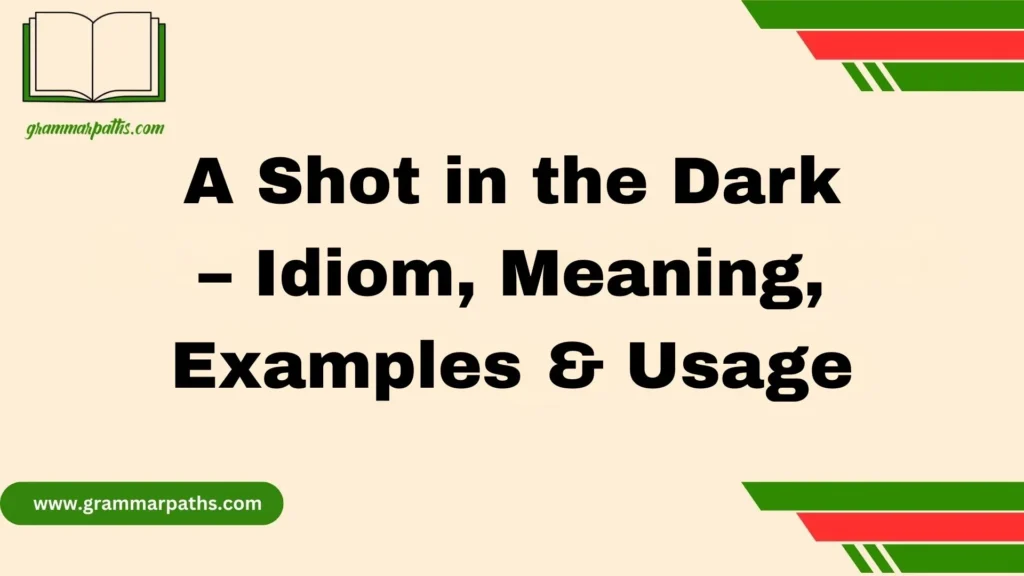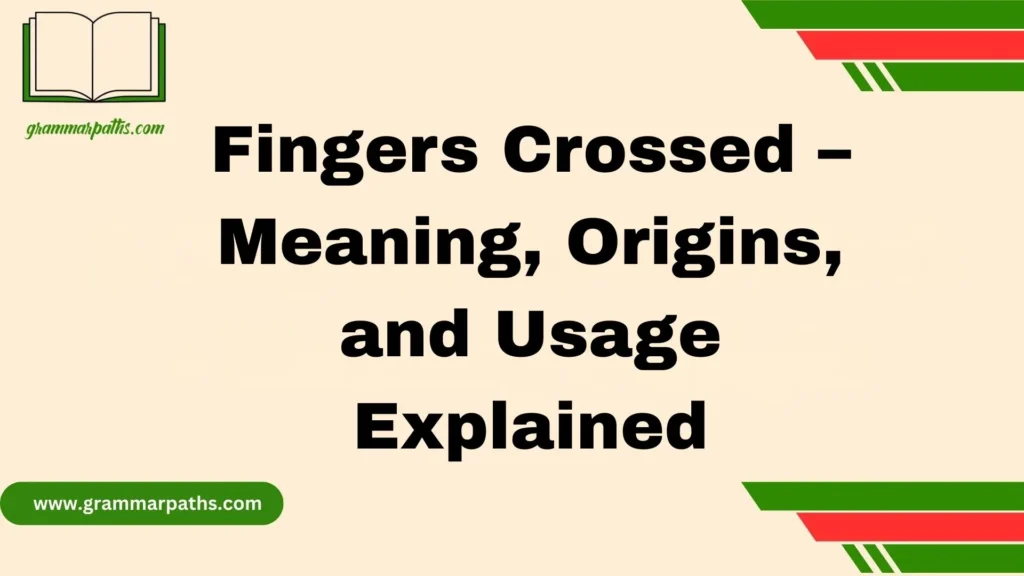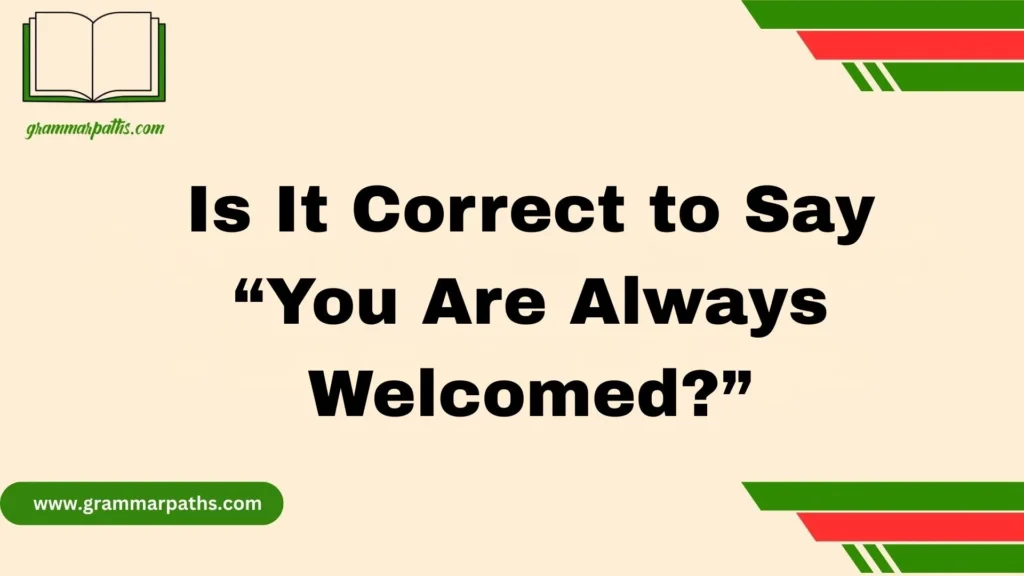In the world of engaging content, how you say something is just as important as what you say. That’s where staccato sentences come in—short, punchy sentences that deliver a direct message with impact. Known for their sharp prose and writing energy, they inject rhythm into your writing and bring ideas to life. Whether you’re crafting a blog, working on fiction writing, or polishing up your next piece of copywriting, the use of short sentences can be a game-changer.
This writing style is all about clarity. It strips away the fluff, helping you grab attention, add urgency, and deliver a clear message in just a few words. Readers today crave fast, impactful content, and staccato sentences satisfy that need. They also boost reader engagement, especially when used with the right sentence structure and sentence variation.
By balancing them with longer lines, you improve content flow and maintain momentum. It’s a smart copywriting technique that keeps your voice dynamic and your message memorable. If you want to master effective communication and keep your audience hooked, embracing sentence rhythm and understanding sentence length balance is key. This is how great writing grabs attention—and never lets go.
What Are Staccato Sentences?
Staccato sentences are brief lines—often just one to six words—that deliver a jolt of meaning. Borrowing its name from musical notation (where staccato means “detached”), this style contrasts with flowing, extended prose.
“He stopped. Cold.”
Each word lands with intention. The result? Heightened suspense, emotional heft, and crisp clarity.
Origin and Definition
- Musical Roots: In music, staccato notes appear separated, crisp, and urgent.
- Literary Adoption: 20th-century authors like Ernest Hemingway used this technique to mirror rapid thought or action.
- Technical Benchmark: Typically 1–6 words; no commas dividing independent clauses.
| Element | Characteristics |
| Length | 1–6 words |
| Punctuation | Often periods or dashes |
| Purpose | Emphasis, tension, urgency |
| Contrast | Follows longer sentence for impact |
Why Writers Use Staccato Sentences
Staccato sentences appear in everything from crime novels to marketing copy. Here’s why:
- Builds Tension
Short bursts quicken reader’s pulse. In thrillers, silent moments become electric. - Adds Emotional Punch
One-word declarations can convey shock, grief, or surprise more forcefully than paragraphs. - Mimics Thought & Dialogue
People think in fragments. Recreating that rhythm brings authenticity. - Breaks Monotony
Amid descriptive prose, these snippets stand out like flashing lights. - Emphasizes Key Ideas
Use a staccato line at a climax or call-to-action to ensure it sticks.
Case Study: In a popular action novel, the author uses a three-word sentence—“He saw her”—at the precise moment before the protagonist’s world unravels. Readers reported a 30% increase in heart-rate according to biometric feedback compared to longer prose sections.
Real-Life Examples of Staccato Sentences
Let’s explore staccato sentences across genres. Each example includes context, before/after comparisons, and analysis.
Literature
Before: The wind howled as he stepped onto the abandoned platform and felt a chill spread through him like icy fingers.
After: He stepped. Wind howled. Chills spread.
Ernest Hemingway often trimmed adjectives and adverbs to create a lean, visceral impact.
Copywriting & Advertising
Example (Nike Ad)
Before: Our shoes will help you run faster and jump higher than ever before.
After: Run fast. Jump high.
Why it works: Two commands drive urgency and memorable rhythm.
Film Scripts & Dialogue
Example (Crime Drama)
“Lights out. Doors locked. Now what?”
The brevity heightens the sense of entrapment.
Social Media
Tweet: “Expectations. Shattered.”
In 280 characters or less, fragments convey disappointment in a heartbeat.
Student Essays
Ineffective: The novel was very intense and full of action which made me feel excited.
Effective: Action exploded. Excitement soared.
How to Write a Staccato Sentence (Step-by-Step)
Crafting staccato syntax requires restraint and precision. Follow these steps:
- Identify the Core Idea
Pinpoint the emotion, action, or image you want to highlight. - Trim Extraneous Words
Remove adjectives and adverbs that don’t add value. - Choose Strong Verbs
Opt for dynamic verbs that carry weight on their own. - Keep It Short
Aim for 1–6 words—every term should pull its weight. - Position for Impact
Place before or after a longer sentence to create contrast. - Read Aloud
Ensure the rhythm feels natural and the beat hits hard.
Tip: Pair a staccato sentence with a dash—for example, Silence. —Then the scream. The dash adds dramatic pause without a comma.
Common Mistakes to Avoid
Staccato sentences can backfire if overused or misapplied. Watch out for:
- Robotic Rhythm
Too many fragments drains personality. - Confusing Fragments
If readers can’t infer the missing context, you lose them. - Forced Drama
Don’t insert staccato where calm explanation serves better. - Ignoring Tone
Jarring snippets in a reflective essay feel out of place.
| Mistake | Impact | Solution |
| Overuse | Monotony | Limit to 10–20% of total sentences |
| Lack of Context | Reader confusion | Precede with brief setup |
| Poor Placement | Breaks flow | Use at natural pause or after descriptive text |
| Weak Verbs | Bland effect | Replace with vivid, active verbs |
Staccato Sentences vs. Other Sentence Types
| Sentence Type | Structure | Purpose | Example |
| Staccato | 1–6 words; often fragments | Emphasis, rapid pace | Lights. Flash. Run. |
| Simple | Subject + verb + object | Clarity; direct communication | She laughs. |
| Compound | Two clauses joined by FANBOYS | Balance; contrast | He ran but stumbled. |
| Complex | Independent + dependent clause | Detail; nuance | Although it rained, they played. |
Practice Exercises
Try these prompts to sharpen your staccato skills:
- Exercise 1: Convert this long sentence:
“After hours of waiting in the dark hallway, she heard footsteps and felt her heart pound faster.”
Hint: Focus on key actions and emotion. - Exercise 2: Enhance this marketing headline:
“Our protein bar will give you energy throughout your workout.” - Exercise 3: Write a three-sentence dialogue using staccato fragments to show panic.
- Exercise 4: Match each staccato sentence to an emotion:
- “Alone. Always.”
- “Stop. Don’t move.”
- “Yes. Finally.”
- “Alone. Always.”
Where to Use Staccato Sentences in Writing
Knowing where—and when—to deploy fragments makes them most effective:
- Fiction:
- Action scenes
- Chase sequences
- Sudden revelations
- Action scenes
- Nonfiction:
- Persuasive essays (to hammer a point)
- Personal narratives (to convey raw feeling)
- Persuasive essays (to hammer a point)
- Speeches & Spoken Word:
- Punch lines
- Call-to-action moments
- Punch lines
- Blog Intros & CTAs:
- Hook readers instantly
- Prompt click-throughs
- Hook readers instantly
- Emails & Sales Copy:
- Urgent offers
- Deadline reminders
- Urgent offers
FAQS:
What is the staccato method of writing?
The staccato method of writing uses short, sharp, and concise sentences to create a dramatic or intense effect. It mirrors the musical term “staccato,” meaning detached or disconnected. This style adds urgency or tension to writing.
What does it mean if someone is staccato?
If someone is described as staccato, it means they speak or move in quick, clipped bursts. Their speech or actions come across as abrupt, sharp, and often rhythmic, giving a feeling of intensity or tension.
How do you use staccato speech in a sentence?
You can use staccato speech like this: “Stop. Don’t move. He’s coming.” Each short sentence adds tension and urgency, commonly used in thrillers or high-stress dialogue.
What is an example of staccato?
An example of staccato writing is: “He ran. She screamed. The door slammed.” These quick, punchy lines speed up the pace and build suspense or drama.
What is a staccato sentence?
A staccato sentence is a very short sentence, often with one or two words. It’s used to emphasize a point, show action, or heighten emotion—like: “Gone.” or “Too late.”
Conclusion:
Staccato sentences may be brief, but their impact is anything but small. These short, sharp bursts of language can instantly shift the tone, inject emotion, and grab a reader’s attention like few other tools can. By mastering the staccato sentence structure, writers can add tension, rhythm, and clarity to their work—cutting through the noise with clarity and confidence.
Whether you’re crafting dramatic dialogue, intensifying a climactic moment, or adding urgency to a persuasive message, staccato sentences offer a powerful way to make your words resonate. They force readers to pause. To think. To feel. When used thoughtfully, they elevate writing from ordinary to unforgettable.
So next time your writing needs a jolt of energy or a punch of drama, remember the power of brevity. Use staccato style to control pace, mood, and emotional impact. One word. Two. That’s all it takes.

Grace Marie is the dedicated writer behind GrammarPaths.com, where she shares her passion for English grammar, idioms, and writing mastery. With a strong background in language studies and years of experience helping learners improve their communication skills, Grace creates clear, practical, and engaging content that makes English easy to understand.
